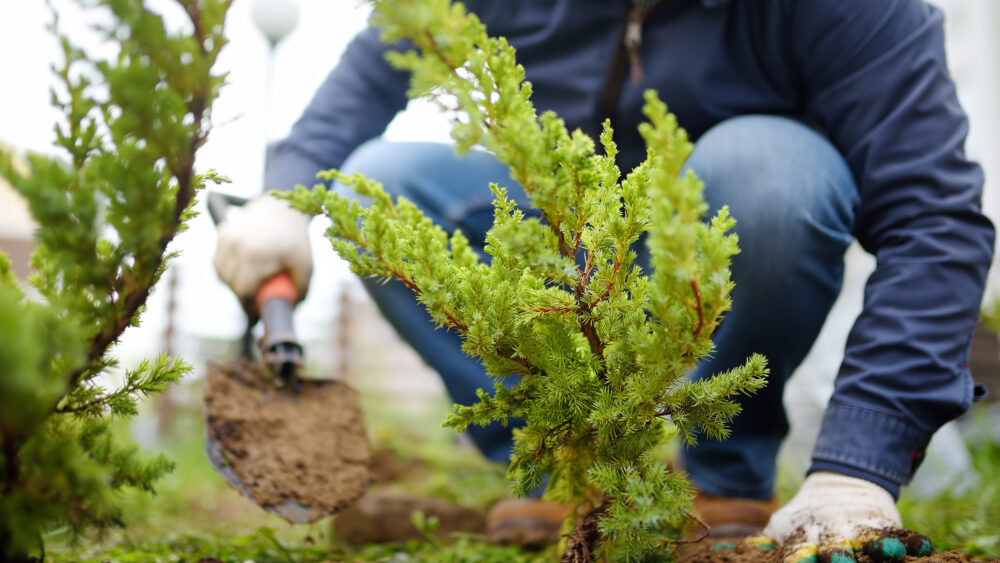Spring is often regarded as the best time to plant trees, and it’s certainly the time of year that most of us start planning our landscaping needs for the summer. As the snow thaws, we start to think about where we might want a new tree, or which section of the yard could use some shade. Fall is a great season for tree planting too, though. Below, our expert arborists at Rick’s Certified Arborists share tips for fall tree planting.
Why Plant Trees in the Fall
Next to spring, fall is the best time of year to plant trees. By planting trees in the fall, you give them an extra growing season before the stress of summer heat. The cooler temperatures and rain allows trees to establish their roots before hot weather and droughts hit.
You might wonder if new trees can withstand the cold weather of late fall and winter, but there’s no need to worry. Trees are dormant in the winter, which means their metabolism, energy consumption, and growth slows.
Another benefit of planting trees in the fall is that you might be able to score some good deals! We always recommend purchasing from a reputable local nursery, rather than big box stores, but even those nurseries will often offer discounts in the fall.
Tips for Fall Tree Planting
Planting trees in the fall does not require any special steps or care; you’ll follow the same practices you would when planting in the spring. Here are tips from our Certified Arborist. (Learn more: why hire an arborist.)
- Purchase healthy, high-quality nursery stock. Visit your local nursery for trees, as they typically have curated a selection of trees that thrive in our area and their staff can help you choose the best options for your property. Before you make your purchase, inspect your tree thoroughly. Look for the central leader, damaged limbs or trunk, insects, and signs of disease.
- Plant the tree promptly and properly. It’s best to plant your tree shortly after you purchase it. Take off the burlap and wire baskets, then loosen the roots around the rootball. Dig a hole the depth of the root ball, but twice as wide. Your tree’s root collar should be exposed, with the flare at the bottom of the trunk at grade; if needed, clear any excess soil and prune out girdling roots.
- Do some deep watering. If you only get the surface layer of the soil wet, the roots of your tree will grow up, where it can get water. Deep watering encourages the roots to grow down, helping your tree become established. Water like this two to three times a week and add mulch around the tree to help the soil stay moist. (Do not mound the mulch against the trunk!)
- Plan a tree inspection. Our arborists provide residential tree care, which includes tree inspections. (Learn more: what does an arborist do?) We’ll let you know if your tree is in good health, planted well, and if it needs deep root feeding.
Learn More About Planting Trees in the Fall
Contact Rick’s Certified Arborists today to schedule a residential tree inspection or deep root feeding.


Comments are closed.